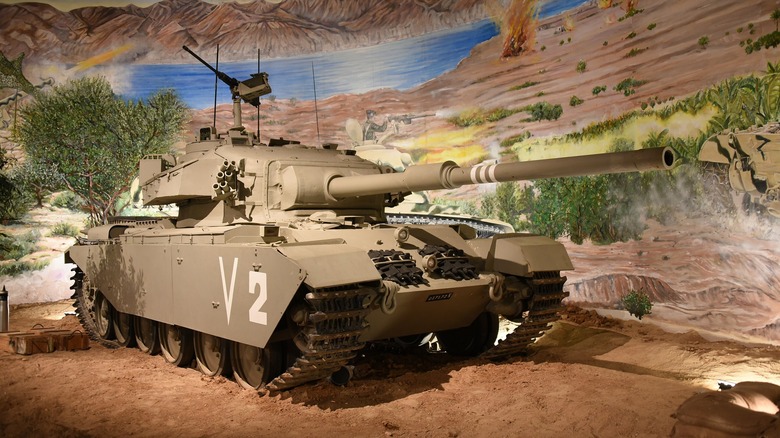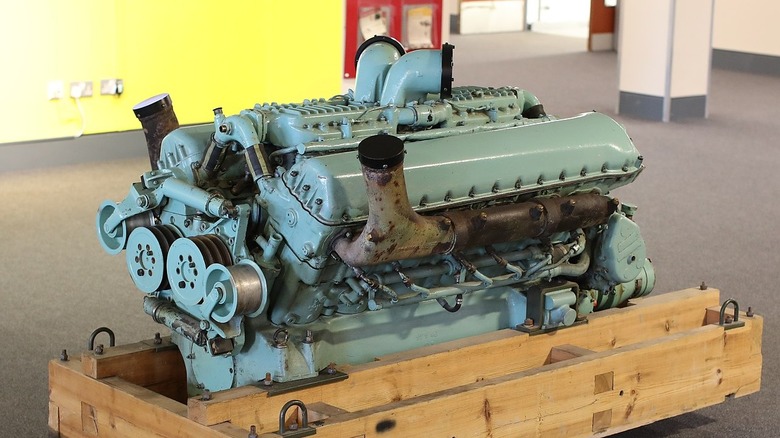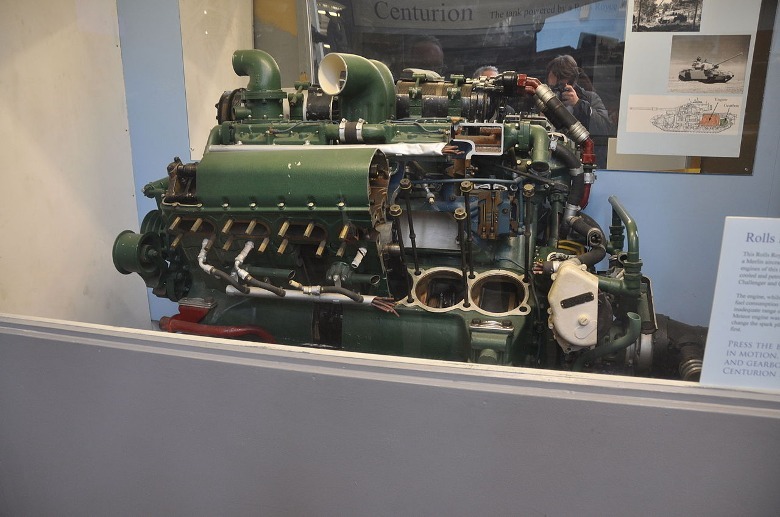Here's What Made The Legendary Rolls-Royce Meteor Engine So Great
The Rolls-Royce Meteor tank engine significantly impacted the ground warfare strategy of British troops in WWII. Before the Meteor entered the fray, Britain's cruiser tanks were severely underpowered or had thinner armors (to reduce weight) despite having adequate firepower. The British army had the Cruiser Mk III in 1938, and it came with a 27-liter Nuffield Liberty V12 with an underwhelming 340 horsepower. It had a respectable 30 mph top speed but suffered heavily in the Battle of France with its wafer-thin armor.
However, the Cruiser Mk VI (also known as the Crusader) introduced in 1941 was no better than its predecessor. It has the same Nuffield Liberty V12 but struggled to move quickly with its improved yet heavier armor. Britain's next-gen tank, the Cromwell, was already in development that same year and the brass knew from the onset that the new tank needed a more potent engine to become a considerable threat on the battlefield.
Rolls-Royce Meteor engine: Two times the power
Rolls-Royce began collecting Merlin engines from downed aircraft during the early periods of WWII. The purpose was to reuse some of the parts for future applications. Everything changed when British tank manufacturer Leyland approached Rolls-Royce for a new and more powerful tank engine. The Rolls-Royce team led by William Arthur Robotham took a modified Merlin Mk3 engine made from salvaged parts, removed the supercharger, re-engineered the engine rotation into the reverse order, and shoehorned it inside a Crusader tank.
Despite not having its trademarked supercharger, the first Meteor engine had 550 to 600 horsepower, more than twice the output of a Liberty V12. These are impressive numbers, given the Meteor has the same V12 and 27-liter displacement. The tank recorded an excellent 50 mph top speed, and the added power means engineers could fit thicker armor to its new wave of battle tanks.
However, Rolls-Royce had its hands full, building Merlin engines for the war effort. Rover stepped in and made Meteor engines in 1942 for the Cromwell tank, and it didn't enter service until the dawn of D-Day in 1944. While the top speed was limited to 32 mph, the Meteor engine's reliability and horsepower drew praise from tank crews on the battlefield. The Meteor remained in service until 1964 and found a home in many tanks like the Conqueror, Comet, Challenger, and many more.


